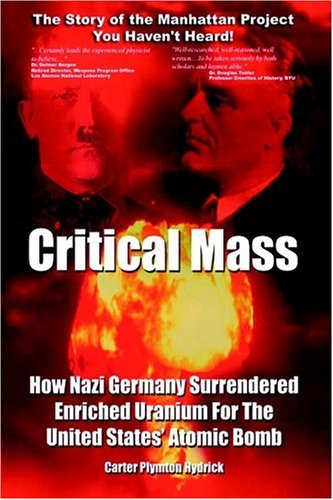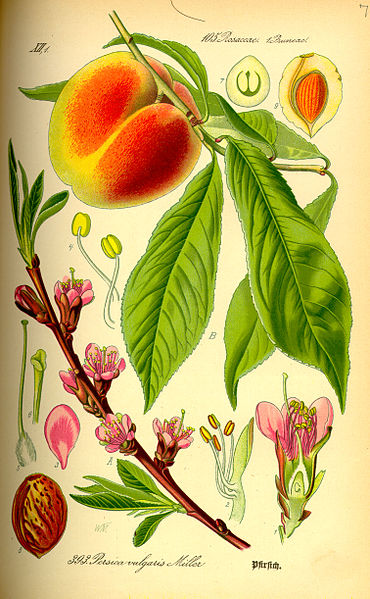Yesterday, December 7, 1941 – a date which will live in infamy – the United States of America was suddenly and deliberately attacked by naval and air forces of the Empire of Japan.
The United States was at peace with that nation and, at the solicitation of Japan, was still in conversation with its Government and its Emperor looking toward the maintenance of peace in the Pacific. Indeed, one hour after Japanese air squadrons had commenced bombing in Oahu, the Japanese Ambassador to the United States and his colleague delivered to the Secretary of State a formal reply to a recent American message. While this reply stated that it seemed useless to continue the existing diplomatic negotiations, it contained no threat or hint of war or armed attack.
– Franklin Delano Roosevelt, President of the United States of America
Photo courtesy of Wikipedia
The morning of December 7 brought the United States in a global conflict that would very quickly have it side with the United Kingdom, the Union of Soviet Socialist Republics, and many governments against the fascist government of Germany, Japan, Italy and many other governments. The war would devastate Europe and Asia, and bringing about the eventual rise of the United States as the sole super power.
Japan had been a rising power ever since the government reorganized during the Meiji Restoration in 1868—a period of civil war that destroyed the isolationist shogunate and replaced it with an expansionist Imperial rule. Japan went through a period of vast and quick modernization. With this modernization came the hunger for resources and global recognition. Just 36 years later, in 1904, Japan launched a surprise attack against the Russian fleet in Port Arthur. This lead to the Battle of Tsushima where a Russian fleet was annihilated by a smaller, more advanced Japanese fleet. This lead then President Theodore Roosevelt to bring both sides to the negotiating table and create the Treaty of Portsmouth (and win TR the Nobel Peace Prize. Years earlier, as Undersecretary of the US Navy, Theodore Roosevelt had warned that Japan was an upcoming and aggressive power.
During the 1920s, the government of Japan became more and more fascist and more and more fanatical. After the embarrassing outcome of the Washington Naval treaty, Japan was pushed to look for allies outside of the United States and the United Kingdom, whom it had been allies with during the First World War. Japan found an ally with Nazi Germany. In 1931 Japan invaded China and in 1940 signed the Tripartite Pact with Germany and Italy, forming what would later be called the Axis powers.
After several economic sanctions by the United States because of Japan’s invasion of Vietnam, then French Indochina, Japan decided on a course of coordinated attacks to seize control of resources from the United Kingdom, the Netherlands, and the Unites States in Southeast Asia. An attack on the American ships docked at Pearl Harbor was planned to deter any American response, the goal being to sink the battleship and aircraft carriers.
When the attack came on the morning of Sunday, December 7, 1941, over 300 Japanese planes bombed the ships and faculties at Pearl Harbor. Four of the eight battleships were sunk, but three were later raised. None of the carriers were in the harbor that day. On the next day, the United States declared war on Japan. On December 10, Italy and Germany, to honor their treaty commitments, declared war on the United States. The Allied countries were able to beat back both Japan and Germany on their fronts, until 1945 when Germany sent a long-range cargo sub, U-234, on a secret mission to deliver cargo to Japan.
Map of the front against Japan as of 1 Aug 1945. Photo courtesy of Wikipedia
In the 1940’s, Dr. Yoshio Nishina, head of Japan’s atomic bomb project, faced a lack of resources for his work. Japan requested uranium from their allies, and Germany sent over 1,000 pounds of uranium on their long-range cargo sub, U-234, commanded by Kapitänleutnant Johann-Heinrich Fehler. The U-234 set sail on March 25, 1945. The voyage was uneventful until they stopped receiving messages from their base. Then on May 4, they received broken transmissions from British broadcast saying that Hitler was dead and Admiral Karl Dönitz was the new head of state. Fehler surfaced on May 10 and received his final orders—to surrender to Canadian, British, or American ships. At the time he was equidistant for all three ports, and chose to sail to Newport News, Virginia and surrender. The U-234 was intercepted by the USS Sutton and brought into the Portsmouth Naval Shipyard. Her cargo was confiscated and remained a secret until after the fall of the Soviet Union.
But that’s not the end of the story for the secret cargo of uranium. Join us December 6 at the museum to learn the fate of the cargo.
Critical Mass: Hiroshima Bomb and Nazi Uranium by Carter Hydrick
Lecture – Critical Mass: Hiroshima Bomb and Nazi Uranium by Carter Hydrick
A guarded secret for decades, learn how enriched uranium from Nazi Germany came to be used in United States’ atomic bombs. Researcher Carter Hydrick will detail the surrender of U-boat 234 and its cargo of 1,120 pounds of uranium that was concealed in nose of the U-boat in sealed cylinders lined with gold. Hydrick has tracked this shipment to the Manhattan Project and both the Hiroshima and Nagasaki atomic bombs.
Tuesday, December 06, 2016 – 6:30 PM
Book signing following lecture.









